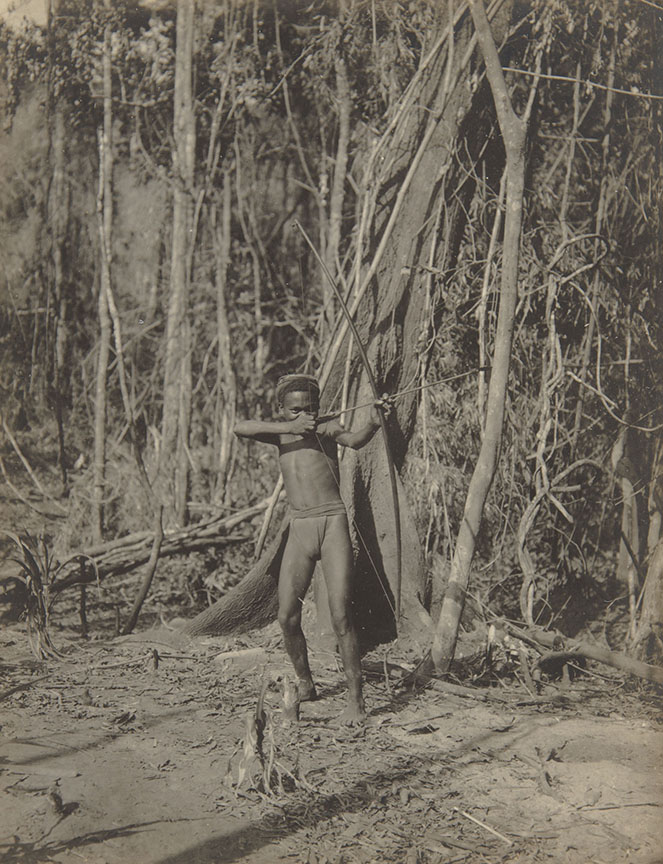December 10, 2020
“Snare for Birds” begins with Dean Conant Worcester and an inventory of 3,781 photographs concerning the Philippines which he sold to a German merchant named Georg Küppers-Loosen over a hundred years ago.
My encounter with images of the early years of the American conquest of Philippines consisted of mostly images from the Philippine-American war. These were landscapes of trenches strewn with dead bodies of Filipino revolutionaries.
In Worcester’s historical photographs of the Philippines taken from 1887-1907, there are few traces of the war. Instead, the collection is filled with carefully captioned pictures of the living— identified, filed and organized according to location and ethnicity. On the one hand, I revelled at this encounter with images of our people from that period that showed our flesh and manner of dress. Even our existing infections, wounds and scars, meticulously documented and framed.
But on the other hand, these very same images began to disturb.
I soon realized that I was wrong to say that these images held very little about the war. These images are very much suffused with the war. The making of these photographs, from their capture down to the writing of the captions and their eventual exhibition and circulation performed and reified the erasure of a new republic.
From December 2020 to May 2021, I will be delving on these photographs and publish the process online. I will also be sharing this platform with other Filipinos, notably visual artists Lizza May David, who will be working from Berlin, Germany, and Jaclyn Reyes who will be working from New York, USA. In this artist residency-lab, we aim to zero in on specific themes that can be found within the collection of images.
By sharing our process of reading and rewriting these images as artists and Filipinos, we hope to contribute to a vibrant discussion about the role of photography in our history. It is also my prayer that by delving into this research and through our rearticulation of colonial photography, we will have a more nuanced understanding of our visual history as well as reclaim museum archives as active sites of resistance.
Kiri Dalena
